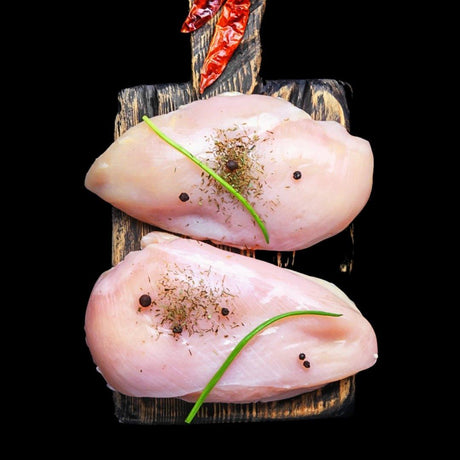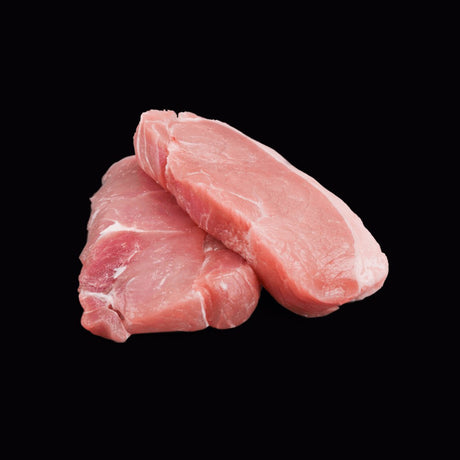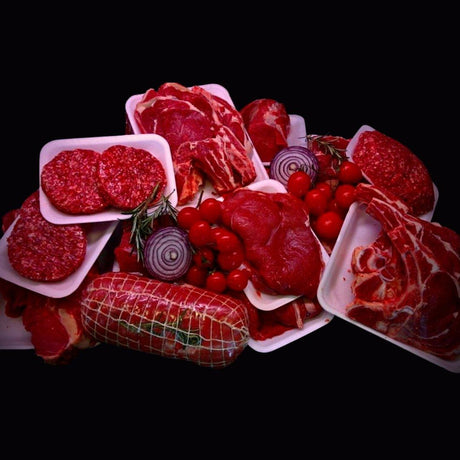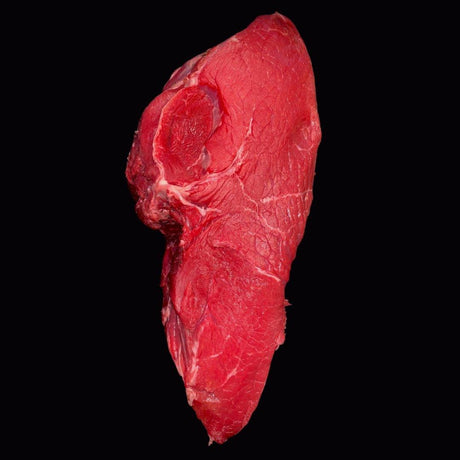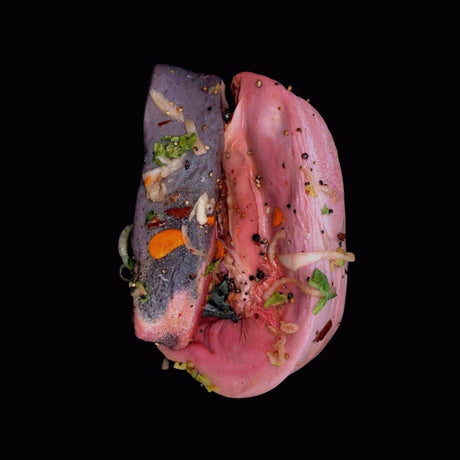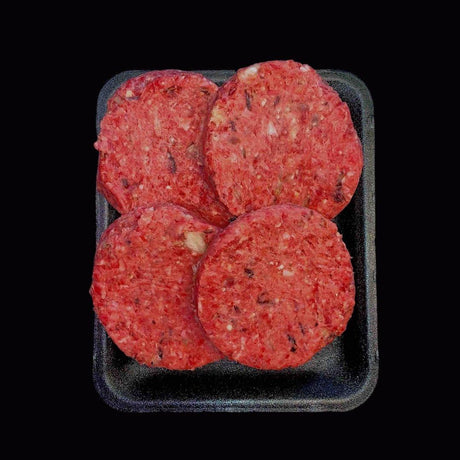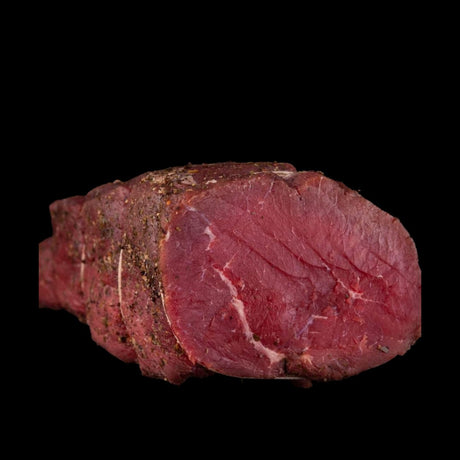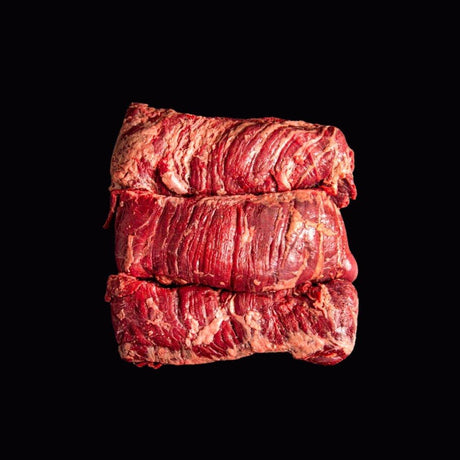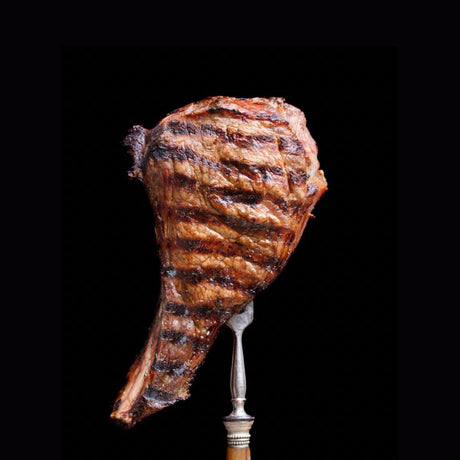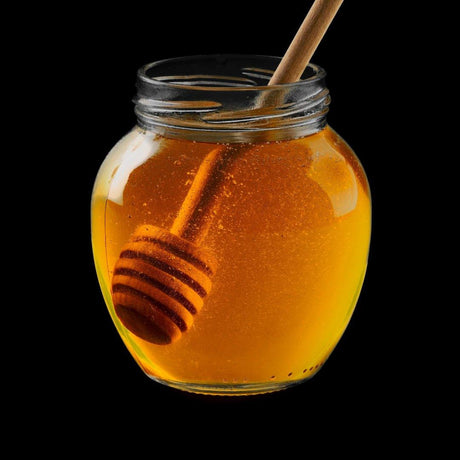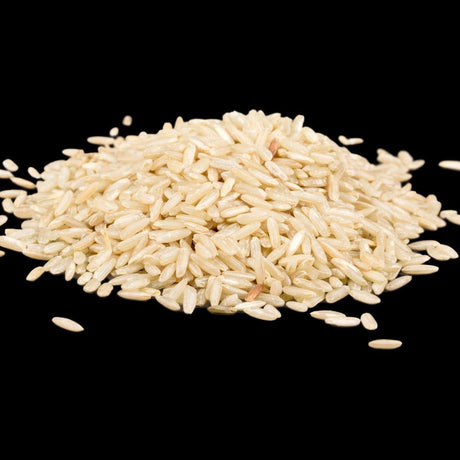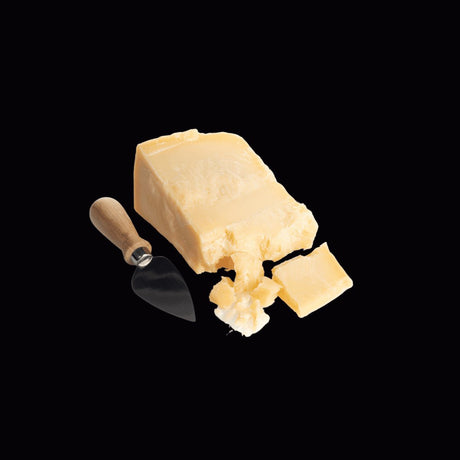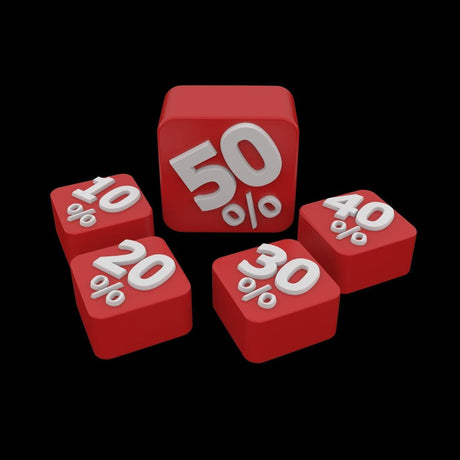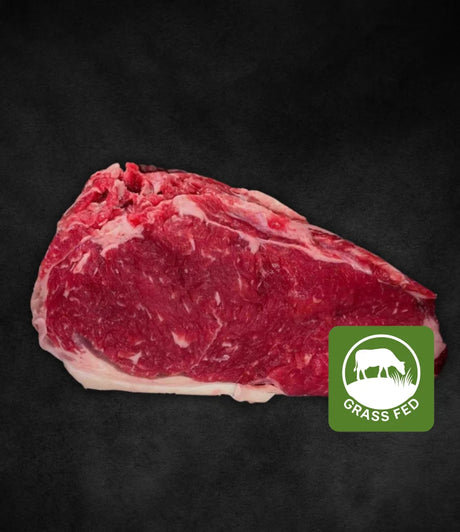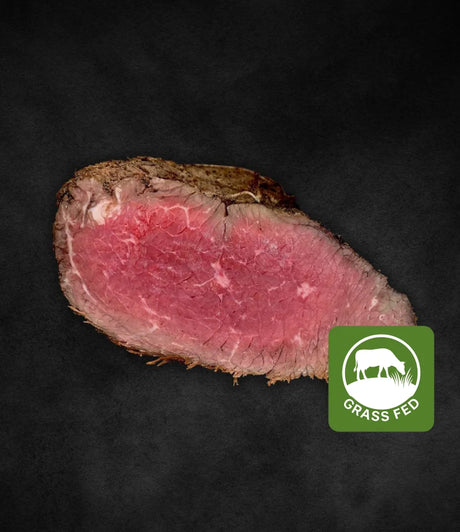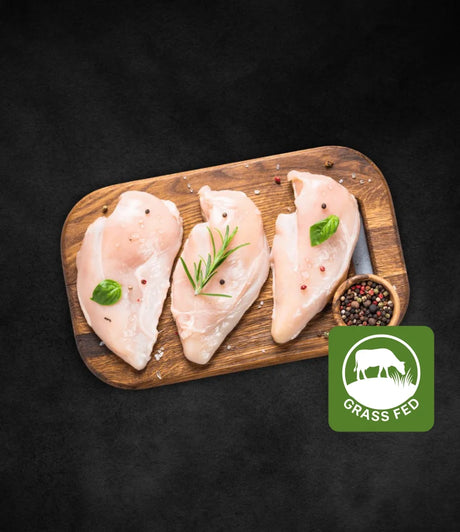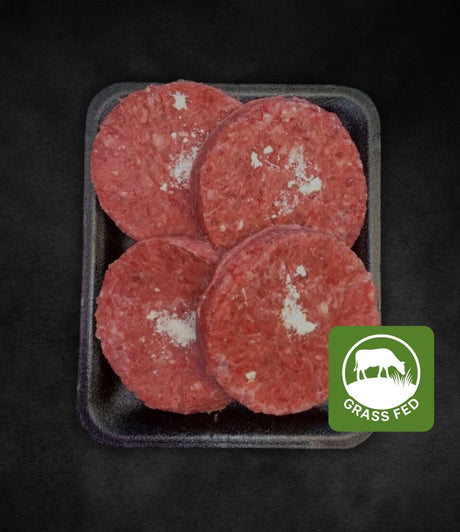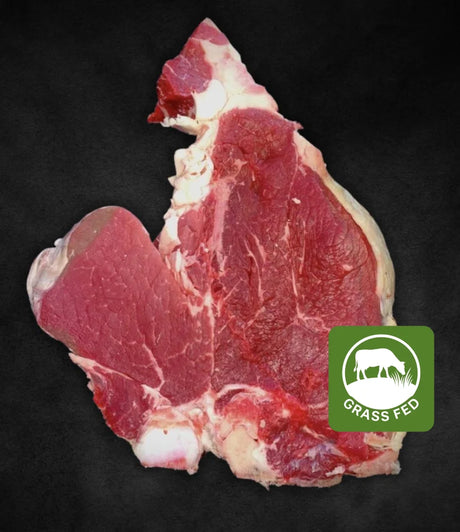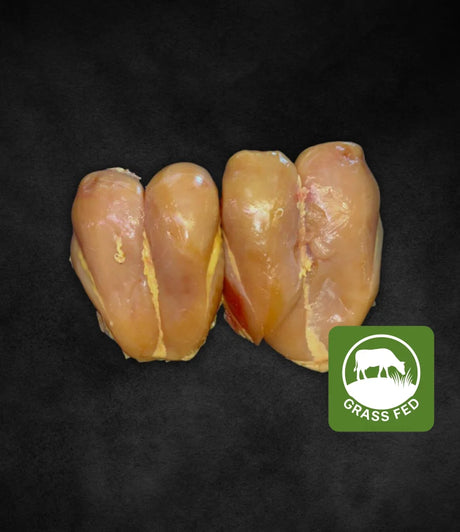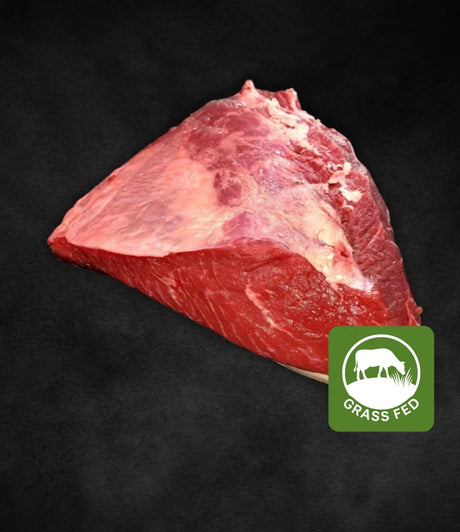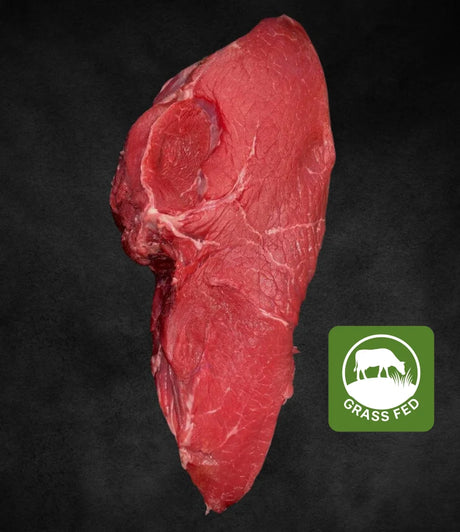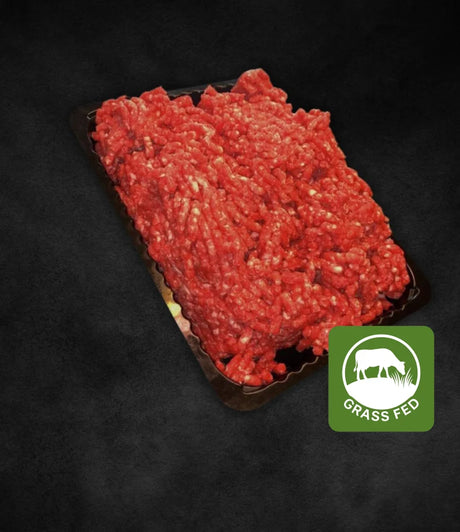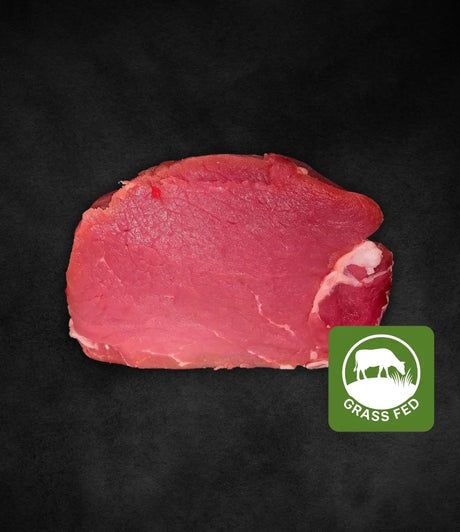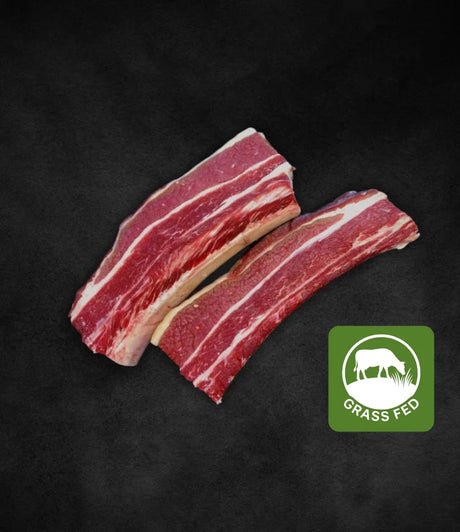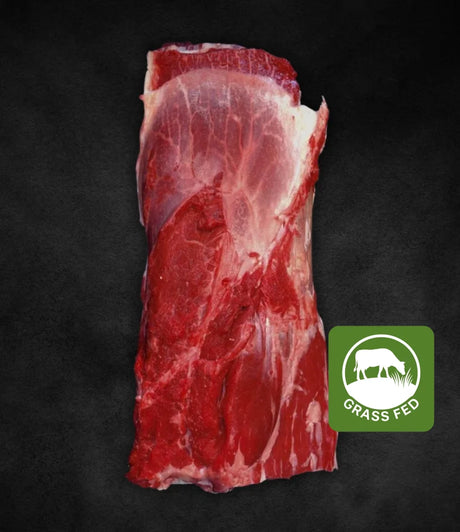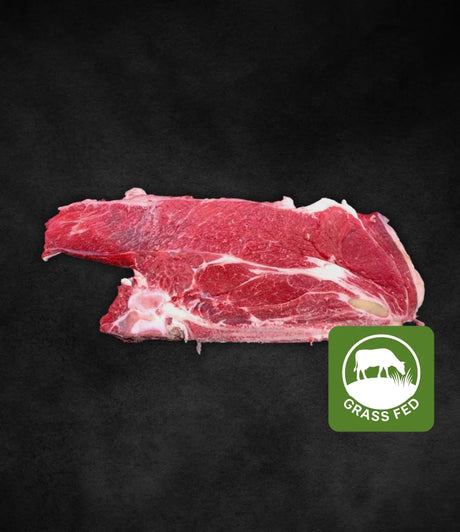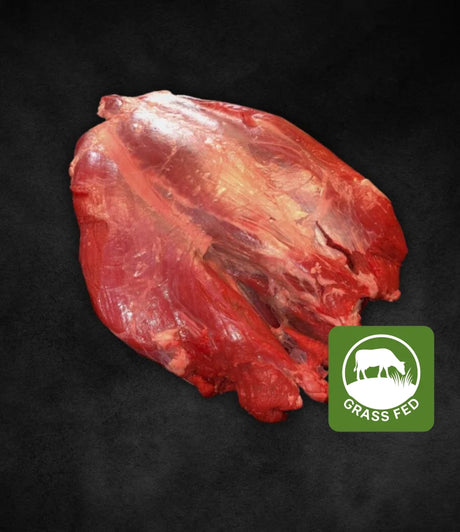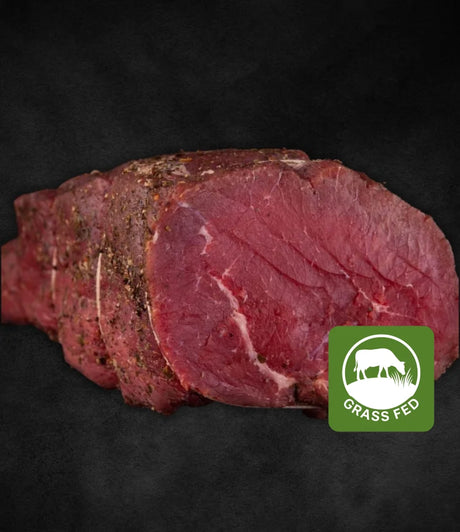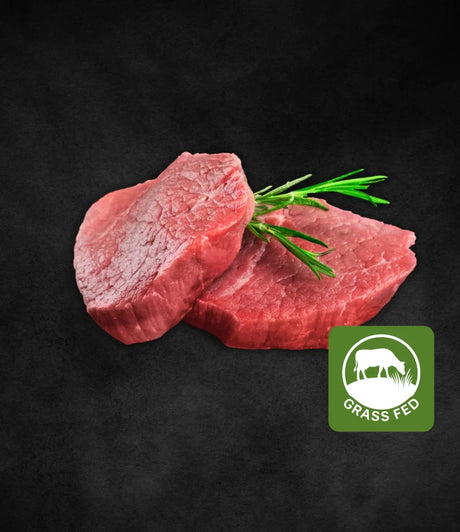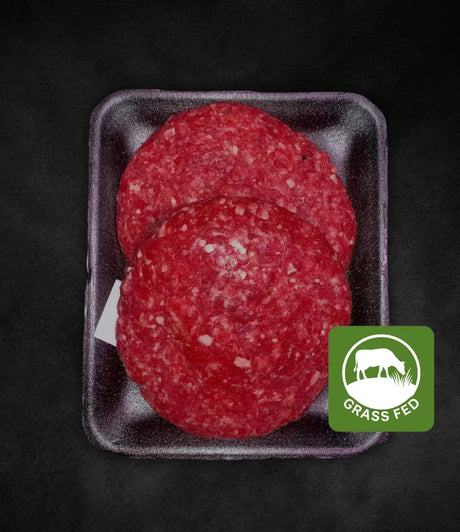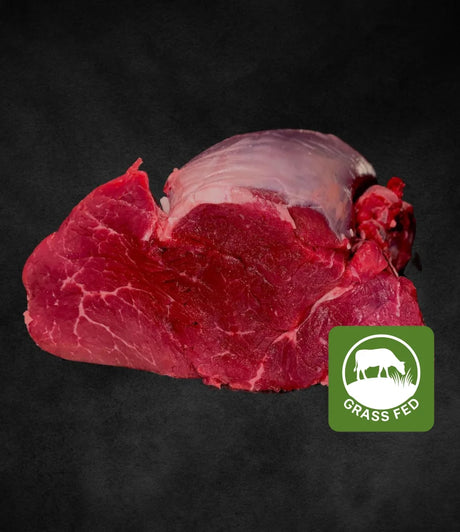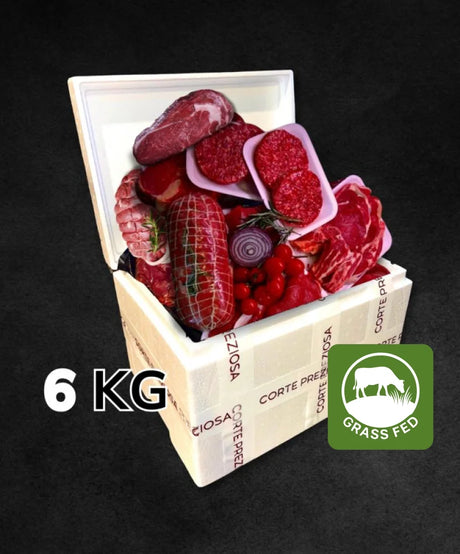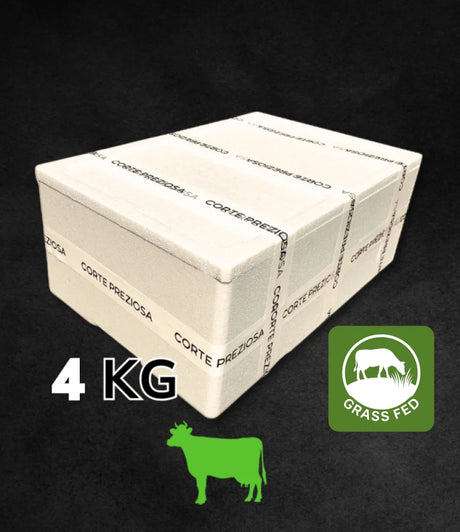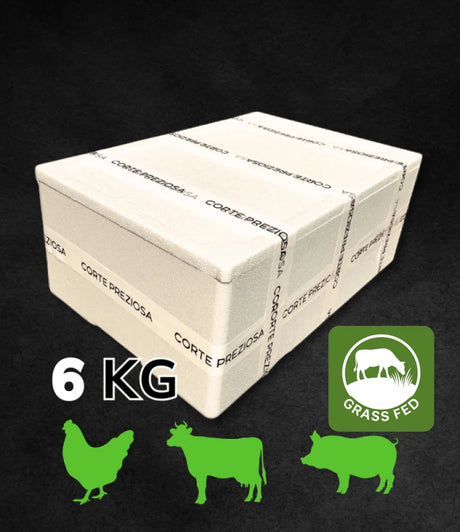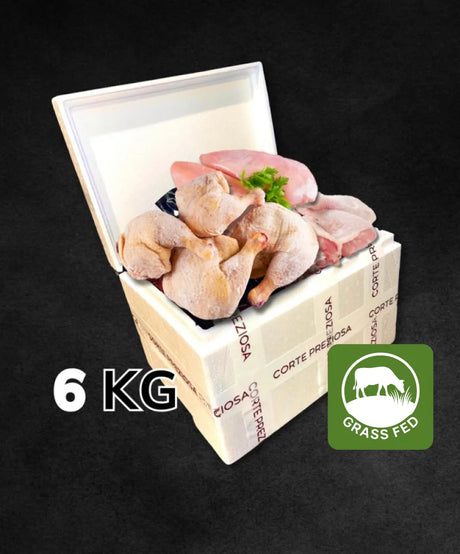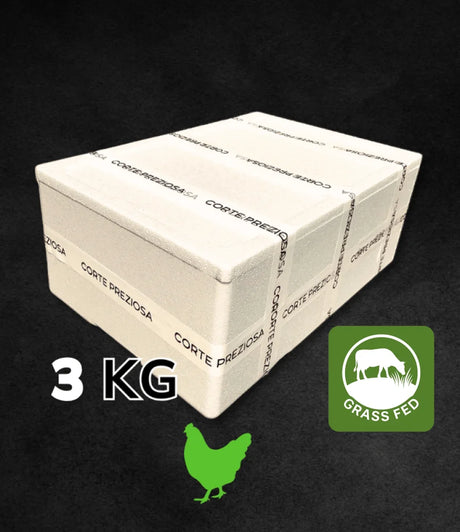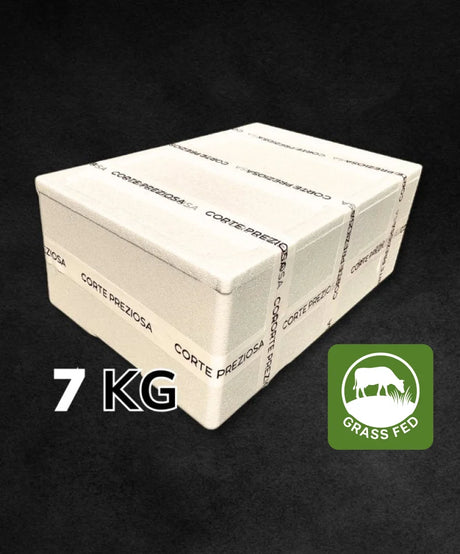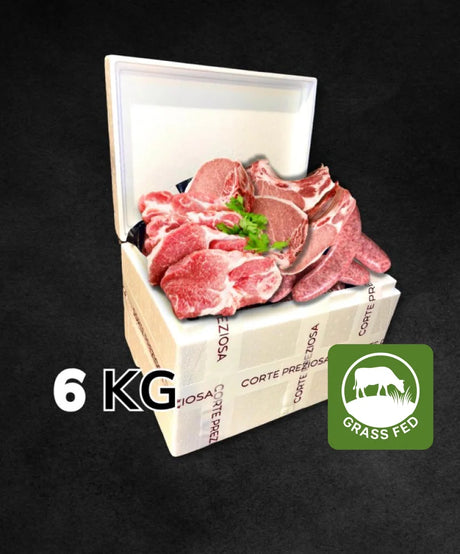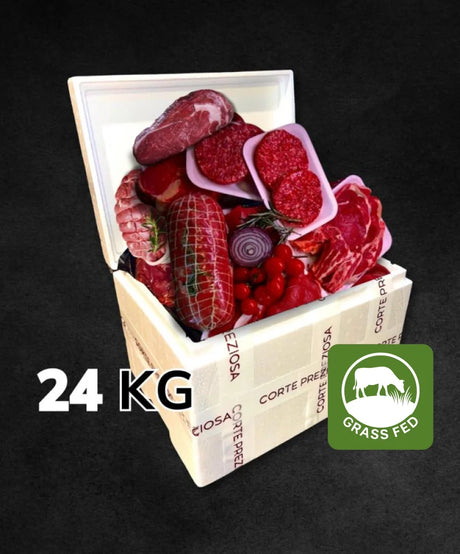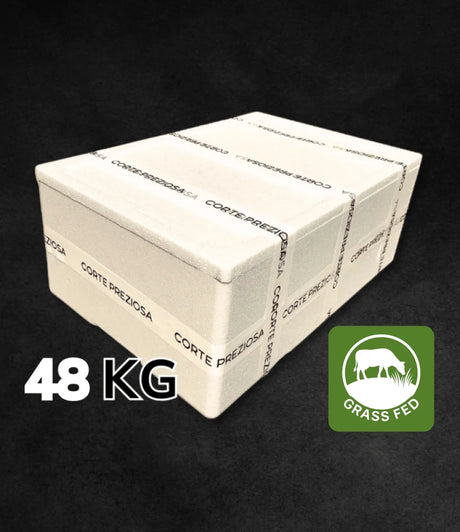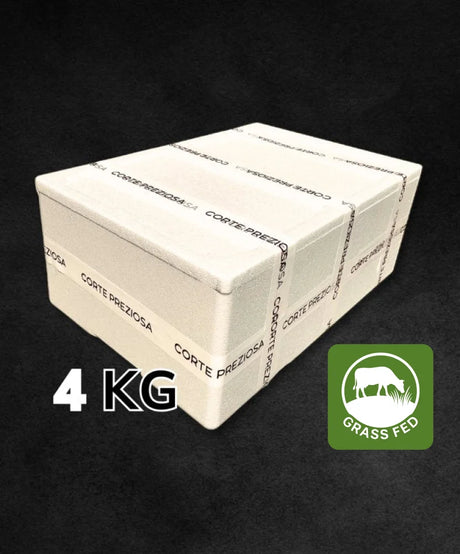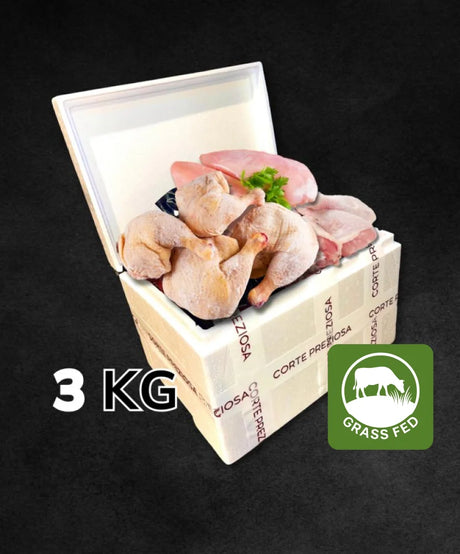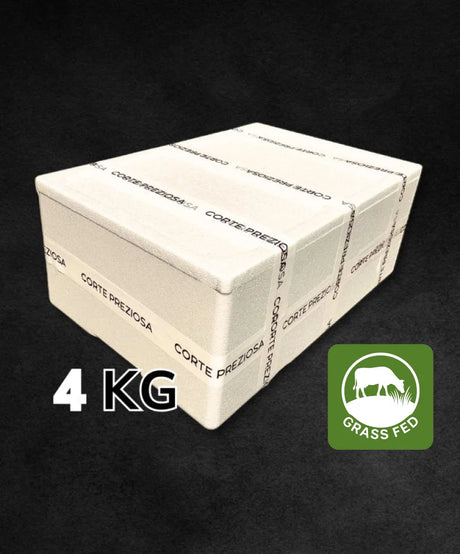Country Life in the Po Valley of Once Upon a Time
Once upon a time there was the countryside of the Po Valley, a world that today seems almost to belong to another era, but which has shaped the lives of entire generations. I like to think back to those times, when life flowed with a different rhythm, marked by the sun and the seasons, rather than by the clock and technology.
Seasons as a Clock of Life
In those years, life in the countryside was deeply tied to the cycle of the seasons. Each season had its own rites and tasks, and the earth, generous or stingy, dictated the rules. Winter was the time for the land and families to rest, meeting in stables warmed by the heat of the animals. In summer, however, people worked under the scorching sun, especially during the wheat harvest and the hay harvest. The Po Valley summers were hot, but the air was full of life: the golden fields, the cicadas that sang incessantly, and the clear, starry nights, where every now and then a light breeze passed.
Work in the Fields
Working in the fields was hard and tiring, but also a source of pride. My grandfather often spoke of the long days of work with the scythe in his hand, of the sweat and the calloused hands. The effort was part of everyday life, but it was a shared effort, almost a complicity between man and nature. The tractor was not yet so widespread, and many operations were still done by hand or with the help of animals, such as oxen or draft horses.
---------------------------------------------------------------------------------------
The days began at dawn, when the sun was still shy and the air was fresh. The sound of the rooster woke the family, and they prepared for a full day of work: sowing, harvesting, mowing, milking. Each task had its season and each season brought with it the hope of a good harvest.
The Bond with the Community
Life in the countryside was not just hard work. There was a very strong sense of community, a bond that is difficult to find in modern cities today. Families helped each other: if there was grain to harvest or grape harvest, the whole neighborhood participated. Celebrations, such as threshing or grape harvesting, were moments of sharing, where people ate, laughed, and danced together after days of hard work. There were not many luxuries, but there was plenty of company and solidarity.
Animals, True Companions of Life
Animals were a constant presence. Cows were essential for milk, pigs for meat, and chickens for eggs. Each family had a small herd, which was a source of subsistence and an integral part of daily life. I still remember the chickens free to roam in the yards, the rabbits in hand-made cages, and the sheepdogs, always ready to lend a hand, especially with the flocks. Animals were not simply resources: they were true companions in life.
Life on the Farm
The farmhouse was the beating heart of rural life. Here you could find everything you needed: the barn, the stable, the chicken coop, but also the family home, often modest but warm and welcoming. Children grew up in the courtyards and fields, running free, playing with what they found, exploring the world around them with infinite curiosity. They learned early to lend a hand: the little ones collected eggs or carried water, the older ones helped in the fields.
The Food of the Earth
One of the most precious aspects of life in the countryside was food. Everything brought to the table came from the land, the fields, and the animals raised at home. People ate what they grew and preserved with care, and the flavors were authentic, genuine. Nothing was wasted, and every resource was valued. Homemade bread, preserves, artisanal cheeses: every meal was the fruit of the family's work and had a profound value. In the summer, the fields gave fresh vegetables, while autumn was the time of chestnuts and new wine.
The Simplicity of a Lost World
Reflecting on those times, I realize how different life was from today. Sure, there were hardships and sacrifices, but there was also a simplicity that was appreciated. There were no distractions and comforts of modernity, but families were closer, work had a deeper meaning, and the connection with nature was constant.
Today, when I look at the Po Valley from the highway or a moving train, I realize that much has changed. The countryside has modernized, the farmhouses are increasingly rare and traditions are being lost. But the memory of that world still lives on, in the stories passed down, in the tales of those who lived those days and in the few places that still resist the passing of time.
Life in the countryside in the Po Valley, years ago, was an existence that taught patience, the art of waiting, and gratitude for small daily miracles. A way of life that perhaps, deep down, we continue to search for, even if in different forms.



